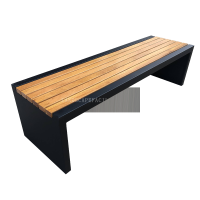Welcome to the website for landscape facilities products and knowledge.
What are the options for adding edge computing for real-time waste monitoring?
Real-time waste monitoring is becoming a critical component of smart cities and sustainable waste management systems. By leveraging edge computing, businesses and municipalities can process data locally, reducing latency and improving efficiency. Here are the top options for integrating edge computing into waste monitoring:
1. IoT-Enabled Smart Bins: Equip waste containers with IoT sensors that measure fill levels, weight, and composition. Edge devices process this data on-site, triggering alerts when bins need emptying.
2. Distributed Edge Nodes: Deploy small edge servers near waste collection points to aggregate sensor data before transmitting insights to a central cloud system. This reduces bandwidth usage and costs.
3. AI-Powered Analytics at the Edge: Use lightweight machine learning models on edge devices to classify waste types and detect anomalies, such as hazardous materials, in real time.
4. Hybrid Cloud-Edge Architectures: Combine edge processing with cloud analytics for scalable waste management. Edge handles immediate decisions, while the cloud provides long-term trend analysis.
5. LPWAN Connectivity: Low-power wide-area networks (LPWAN) like LoRaWAN or NB-IoT enable cost-effective, long-range communication between edge devices and central systems.
By adopting these edge computing solutions, organizations can achieve faster response times, lower operational costs, and more sustainable waste management practices.
Related search:

Recommendation
Modern Stainless Steel Begonia Wood Park Chair Outdoor Courtyard Leisure Sun Protection Bench Long Seat